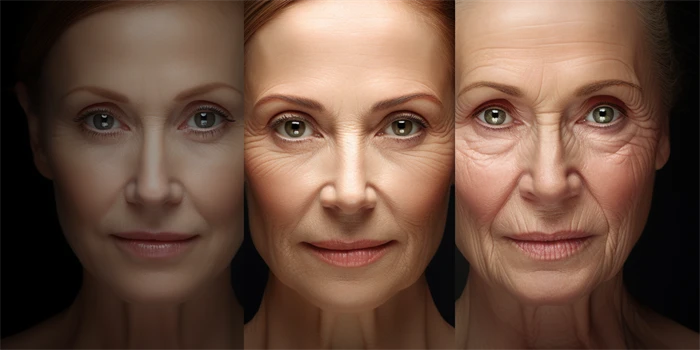
Dermabrasion Recovery Time in Montreal
Dermabrasion is a popular skin resurfacing procedure that can help address a variety of skin concerns, from fine lines and wrinkles to acne scars and uneven skin tone. If you're considering undergoing this treatment in Montreal, one of the key questions you may have is how long the pain and recovery process will last.
The duration of pain and discomfort associated with dermabrasion can vary depending on a number of factors, including the extent of the treatment, your individual healing process, and the skill and experience of the dermatologist performing the procedure.
Generally, patients can expect to experience some degree of pain, swelling, and redness immediately after the treatment. The skin may also feel tight and sensitive to the touch. This initial discomfort is typically the most intense in the first few days following the procedure.
The Healing Process
The healing process for dermabrasion can take several weeks to a few months, depending on the depth of the treatment and the individual's skin type and healing ability. Here's a general timeline of what to expect:
- Days 1-3: The treated areas will be swollen, red, and may ooze or crust over. Pain and discomfort may be moderate, and patients are typically prescribed pain medication to help manage the discomfort.
- Weeks 1-2: The swelling and redness will start to subside, but the skin may still appear raw and sensitive. Patients are typically advised to avoid sun exposure and use gentle, fragrance-free skincare products during this time.
- Weeks 2-4: The skin will begin to heal, and the new, smoother skin will start to emerge. Patients may still experience some minor discomfort, but the pain and sensitivity should be decreasing.
- Months 1-3: The skin will continue to heal and improve in appearance, with final results typically visible within 3-6 months after the procedure.
It's important to note that the healing process can vary from person to person, and some individuals may experience a longer or more intense recovery period than others.
Choosing a Qualified Dermatologist in Montreal
When considering dermabrasion in Montreal, it's crucial to choose a qualified and experienced dermatologist who can provide safe and effective treatment. Here are some factors to consider when selecting a provider:
**Professional Qualifications**: Ensure that the dermatologist is board-certified and has extensive experience in performing dermabrasion and other skin resurfacing treatments.
**Specialization**: Look for a dermatologist who specializes in cosmetic procedures and has a track record of successful dermabrasion treatments.
**Patient Reviews**: Read online reviews and testimonials from previous patients to get a sense of the dermatologist's bedside manner, treatment outcomes, and overall satisfaction.
**Consultation Process**: A good dermatologist should take the time to understand your skin concerns, explain the treatment process in detail, and provide realistic expectations for the results and recovery time.
FAQ:
Q: How long does the pain last after dermabrasion in Montreal?
A: The initial pain and discomfort after dermabrasion can last for several days, but it typically subsides within the first week or two of the healing process. The severity and duration of the pain can vary depending on the individual and the extent of the treatment.
Q: Are the dermatologists in Montreal qualified to perform dermabrasion?
A: When choosing a dermatologist for dermabrasion in Montreal, it's important to ensure that they are board-certified and have extensive experience in performing this procedure. Look for a dermatologist who specializes in cosmetic treatments and has a proven track record of successful outcomes.
Q: What are the common concerns that patients have about dermabrasion in Montreal?
A: Some common concerns that patients have about dermabrasion in Montreal include the duration of the pain and recovery process, the risk of complications, and the qualifications and expertise of the dermatologist performing the procedure. It's important to address these concerns during the consultation process and to choose a provider who can provide a safe and effective treatment.

